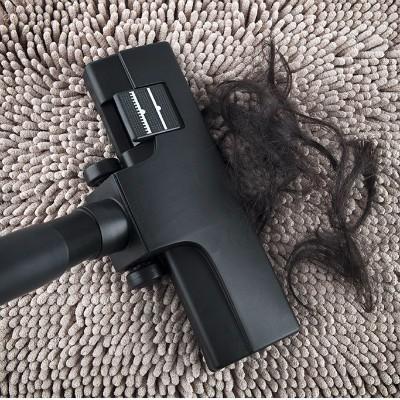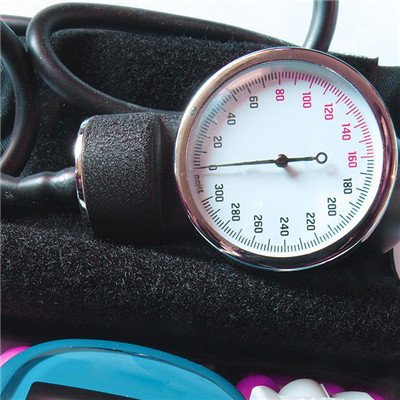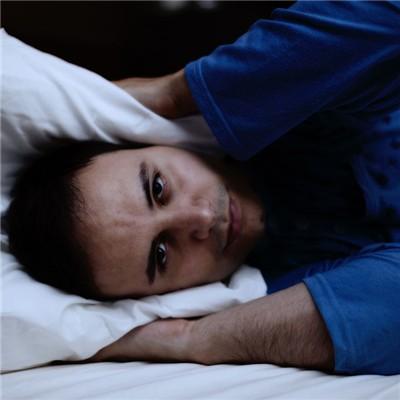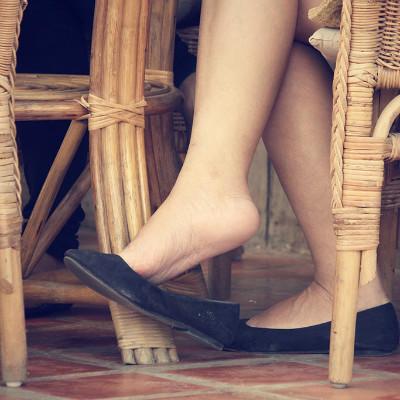What are the main symptoms of sciatica?
summary
Sciatica is a pain syndrome along the sciatic nerve pathway and its distribution area. Sciatic nerve is composed of lumbosacral nerve roots. It is the longest and thickest nerve in the whole body. It is distributed in the whole lower limb through the buttock. What are the main symptoms of sciatica?
What are the main symptoms of sciatica?
Common in adults, young adults. It is characterized by typical radiation pain along the sciatic nerve pathway. Most of the lesions were unilateral pain, located in the lower back, buttocks, and radiated to the back of the thigh, the posterolateral side of the leg, and the lateral side of the foot. Paroxysmal exacerbation of patients for knife or burning pain, often aggravated at night, walking activities or pulling the sciatic nerve can induce or aggravate.
The pain caused by sciatic nerve traction test is traction pain, such as straight leg raising test, crossed straight leg raising test, etc. Slight signs such as gluteal muscle relaxation, leg atrophy, hypoesthesia of leg and dorsolateral side of foot, weakening or disappearance of ankle reflex can also be found. Neck pressure test can also secondary or aggravate lower limb pain. The tenderness of dry sciatica is obvious in the sciatic nerve path below the buttock. Generally, there is no tenderness of lumbar spinous process and transverse process, and the pressure of jugular vein is negative.
The diagnosis was made according to the distribution of pain, aggravation and alleviation, inducement, tenderness site, positive sensation of Lasegue's sign and decreased ankle reflex. Clinically, it should be differentiated from lumbar muscle strain, hip fibrohistitis and hip arthritis. Because these lesions can also cause lower back, buttock and lower limb pain, but the pain and tenderness are in the local, no radioactive sensory disorders, muscle weakness, ankle, reflex, etc. If the cause of the disease is not clear, the medical history should be inquired in detail, and the cerebrospinal fluid X-ray, CT or MRI examination should be carried out.
matters needing attention
First of all, we should treat the causes of lumbar disc herniation and sciatica. In the acute stage, we should rest on a hard bed and use analgesics. For severe cases, adrenal and cortical hormones can be used, procaine and prednisolone can also be used, paravertebral block can be combined with acupuncture and physiotherapy. Most of lumbar disc herniation can be relieved by conservative treatment. Pelvic traction or prednisolone epidural injection can be used when the curative effect is poor. Surgical treatment can be considered for some ineffective chronic recurrence cases.











